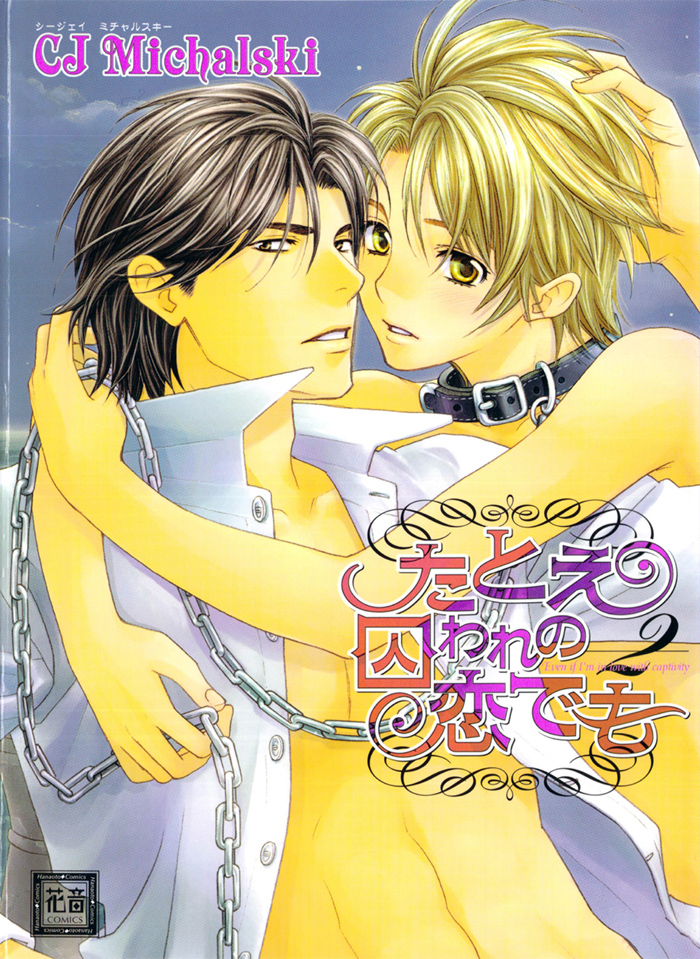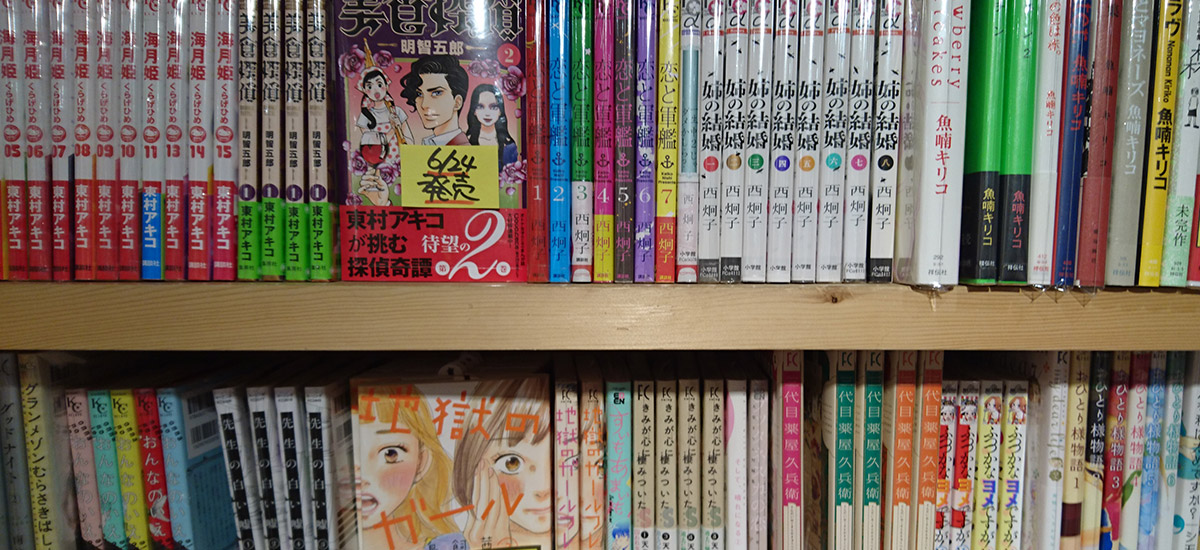The story of Tetsurou
In September 1974, Kami no Toride (Paper Fortress) was published in another boy’s magazine, Weekly Boy’s King. In this short story, a young boy named Tetsurou Oosamu crosses a girl in a train who found his drawings moving. The two shared their dreams and their grievances, with Tetsurou adding that it was pointless to be in the art club if he couldn’t even draw art because of the war. This young Tetsurou returns to school keeping the dream he shared with the girl alive. In many ways, Tetsurou was a memoir of one man’s dream to use his art to entertain people, Osamu Tezuka.
Paper Fortress was a semi-autobiographical story of Tezuka’s hardship during World War II. Because of his weak condition, he was sent to work in the ammunitions when he was 16, towards the last stretch of the war when Japan consistently experienced bomb raids. He dedicated panels to show the aftershocks experienced during the bombings. While they may appear comical, these panels best illustrate the disruptive nature of the air raids and the constant fear the citizens felt when the planes were coming.
More than the raids, Tetsurou’s life was not short of illustrating the abuse he received from the officers who were assigned in his school. He was often punished for being distracted by his art however he often used his comic to entertain his friends as they used the bathroom. In the end, the raids injured the girl Tetsurou was in love with. Upon seeing a fallen American aircraft near their factory, his anger fueled him to raise a weapon and bludgeon the fallen soldier. However, upon seeing the man’s broken face, Tetsurou did not have the heart to hurt him, asking “Why can’t I do this? For whose sake is this war?â€[1]

Kami no Toride followed after the style of Barefoot Gen where Tezuka also employed first person perspectives – inviting readers to be involved with his narrative. Like Nakazawa, Tezuka also used themes of violence and civilian harm during the war. Tetsurou represented Tezuka in his youth and he will appear again in 1975 in Sukihara no Blues (A Hungry Stomach’s Blues), Tetsurou’s life after the war and how people will do anything and everything to have something to eat during the war.
Unlike Nakazawa, Tezuka did not receive great recognition for Kami no Toride and Sukihara no Blues. However, these stories were greatly incorporated in his life work which has affected many people in Japan, enough to call him the ‘god of manga.’ [2] Most of his works exhibited what Frederick Schodt would call as “Tezuka humanism,†a particular characteristic in Tezuka’s works that represents the depth and complexity of human beings. More than this, his war experience fueled him to write stories that promoted peace.[3]


